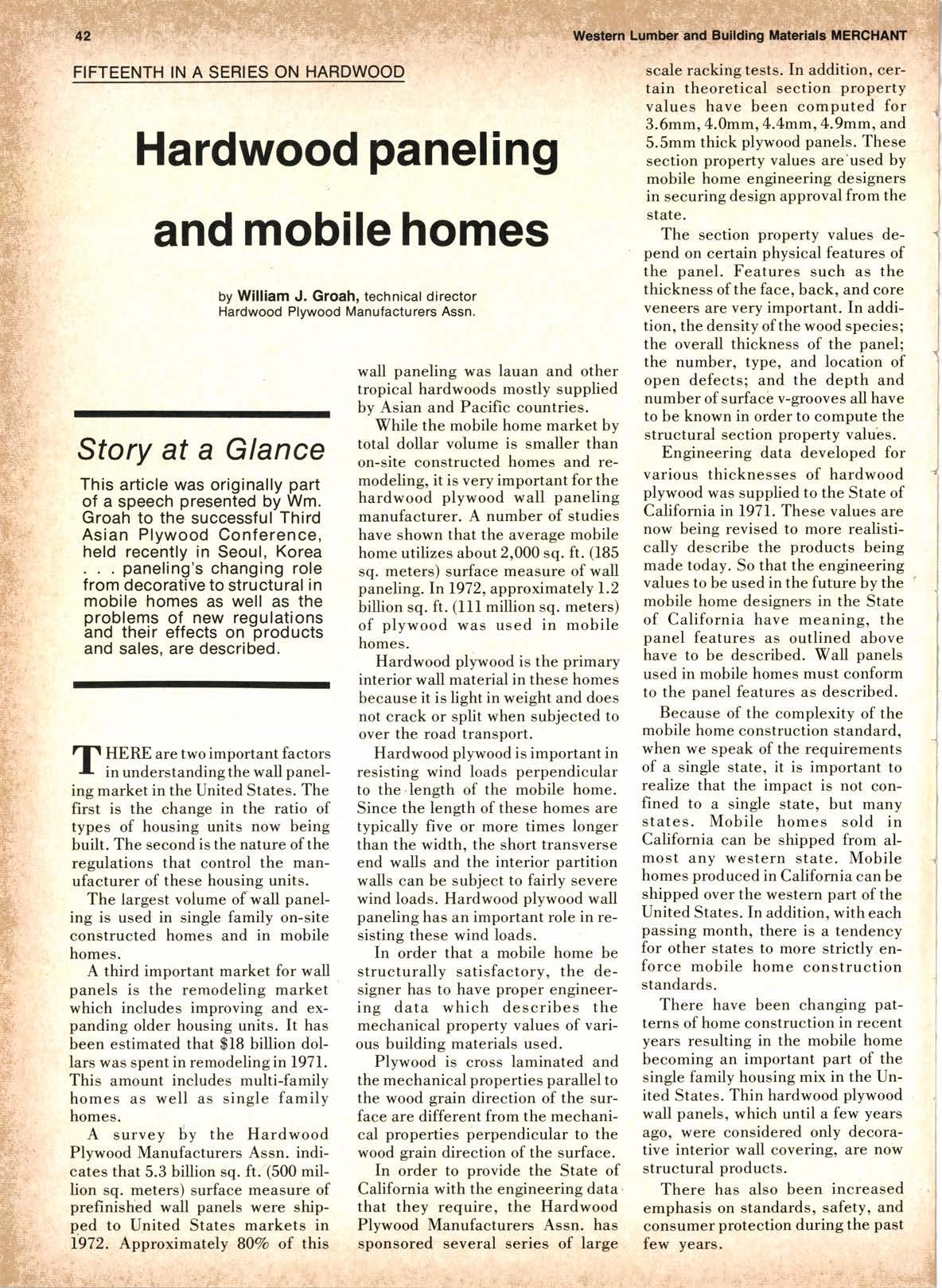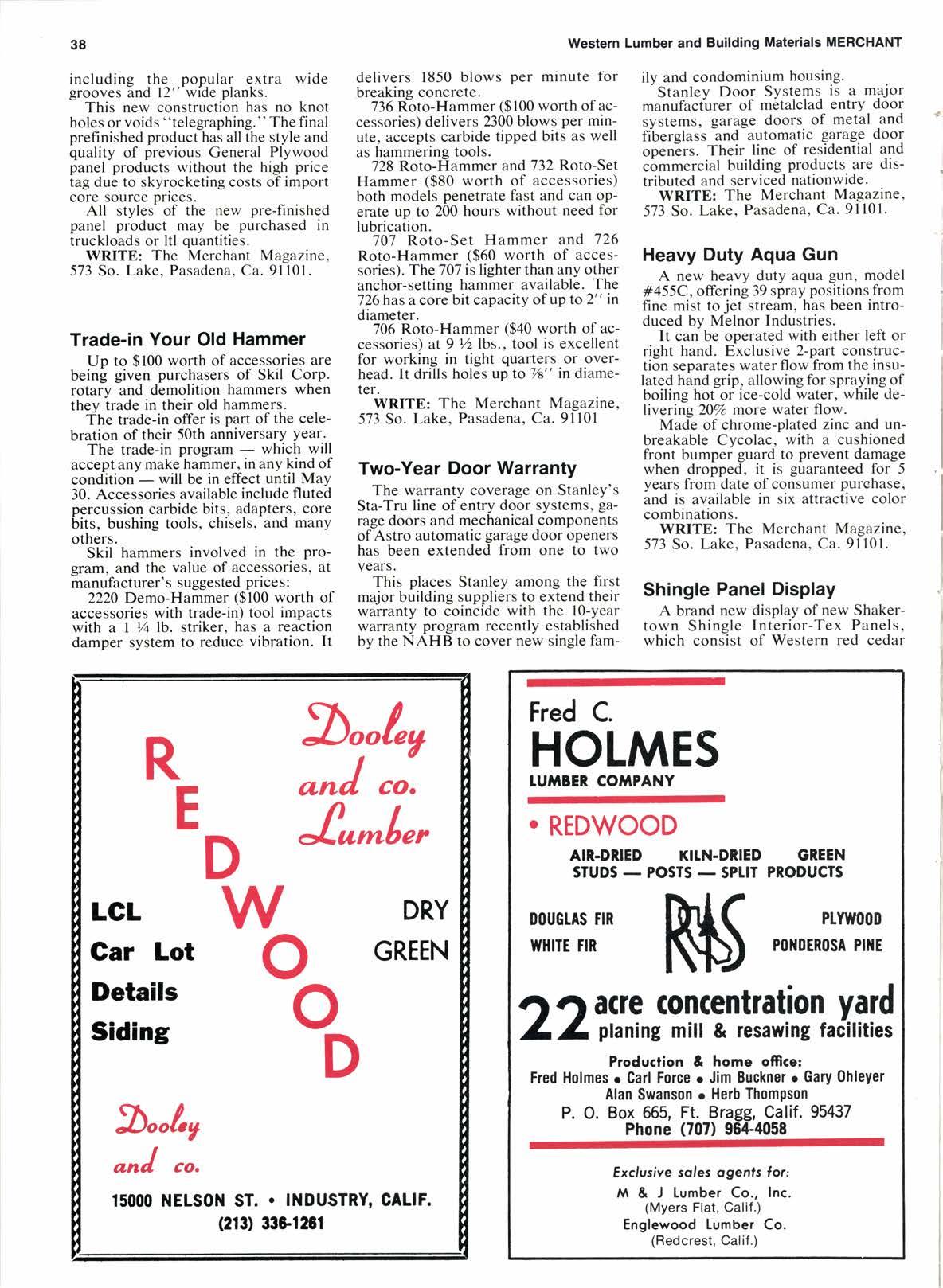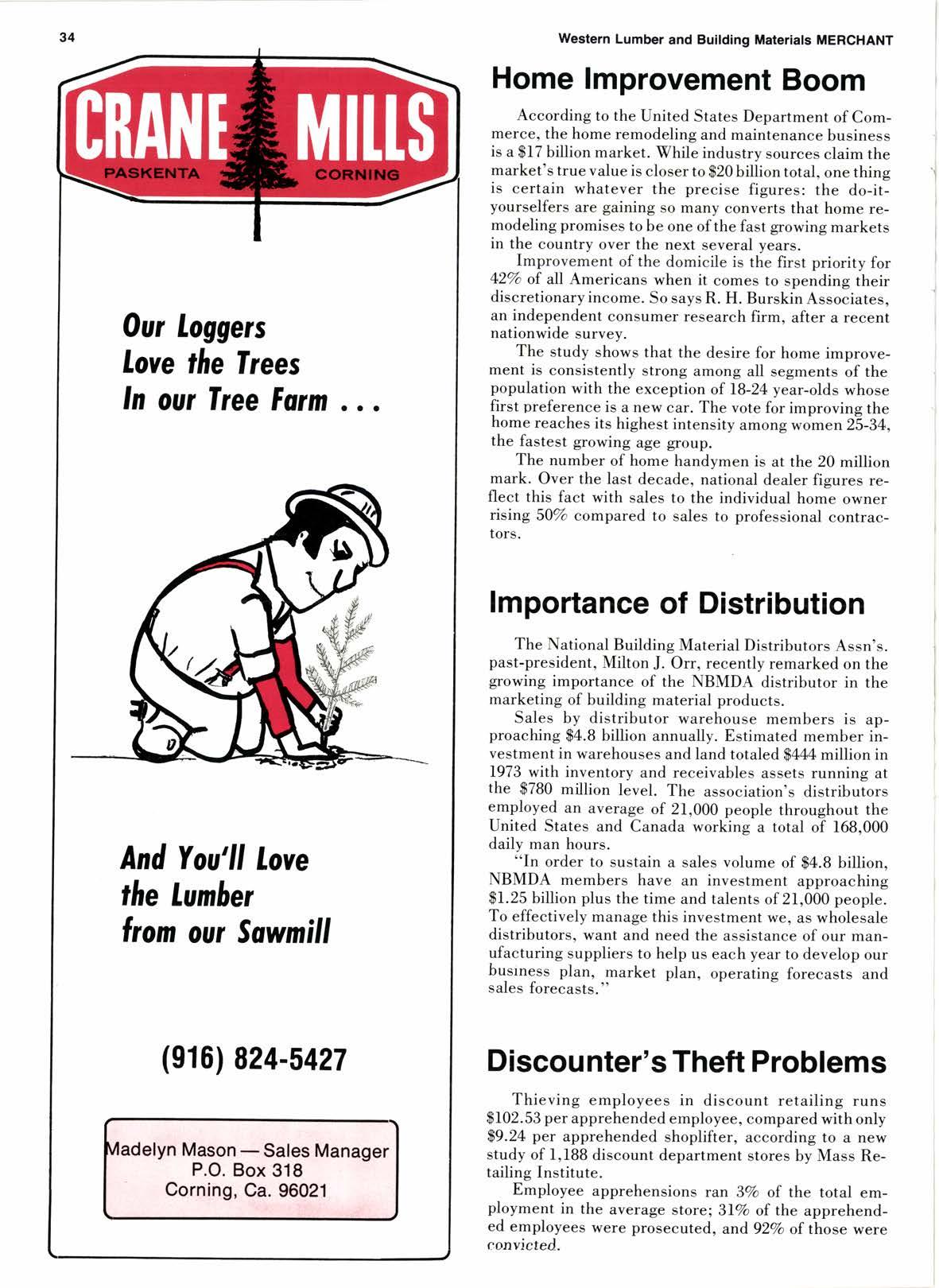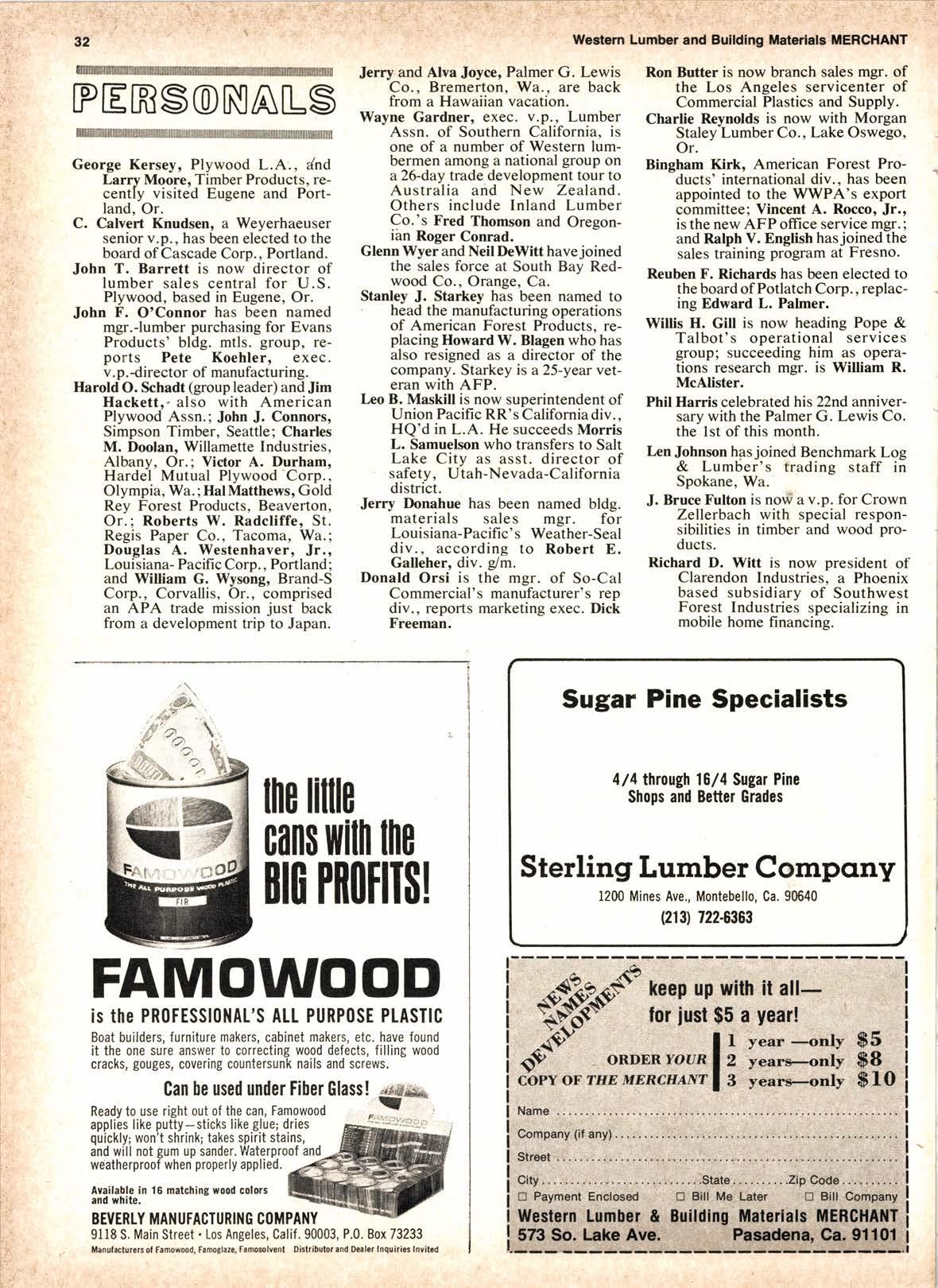
2 minute read
TIPS ON EFFECTIVE COLLECTION LETTERS
E)ESULTS in collections based on Ila collection letter system can be attributed to the two "Qs"sgnsistency and construction.
One is an integral part of the other, but if one were to be ranked above the other, consistency would have to be ranked number one.
lt is a well-known and constantly employed practice to "pay the man that presses the loudest and longest." So we can safely say that the best constructed letter will be useless unless your debtor realizes you will not give up until you have your rightful money -consistency.
A proven system of consistency calls for the first of5 or 6 letter series to go out within 7 days aftbr the account reaches 30 days past due. Ifno results, a more demanding letter should follow within 7 days increments. Basically, you should set your schedule so as to collect your money before the account reaches 90 days past due or either take final action.
Once the account has reached 90 days the chances are great that all profits are gone from that transaction.
The best possible system employs a consistent series of well constructed collection letters.
Just as a foundation is a basic of building a house, collection letters have basics that are just as important.
(f) Be brief. Be tactful and polite without being wordy. Your message is simple and brief; you want payment now. You must, however, remain tactful and polite.
(2) Leave the customer an "out.'o Always allow him to "save face." Offer him an opportunity for a believable excuse such as overlooking payment.
(3)'Iell him how much. Every letter should specify the amount of money involved. -
(4) Tell him what to do. Suggest a definite action. Do not assume he will mail remittance simply because you say it is overdue. Ask for the money within a specific time frame.
Story at a Glance
This system, complete with sample collection letters, is one of the best we have seen . . a constant problem of all businesses, "slow pays" should be prodded immediately via a systemized approach such as is set out in this article, reprinted from the Lumber Merchants Assn. of Northern California's bulletin.
(5) Be clear. Use words that have clear and understandable meanings. Don't use words such as arrears, jeopardize, solicit, etc.
(6) Avoid sarcasm. Sarcasm breeds sarcasm. Getting it off your chest doesn't get you your money.
(7) Motivate the customer. The fact that you want your money is unfortunately not enough. You must notiuate the customer to pay. Below are some tried and proven motivations.
Appeal for cooperation. Appeal to the desire for a good credit record.
Appeal to the desire for future credit.
Appeal to fair play.
Appeal to reputation.
This series of letters below demonstrates the techniques discussed.
First Letter
We courteously request your check for the balance shown below, ifit agrees with your records. If not, please advise us by return mail so that an early investigation can be made.
Overdue! $129.95
Second Letter
Just a reminder that we have not received your check for $129.95.
The balance is not seriously overdue, but we made shipment with the expectation that we would be paid promptly when it became due. Your early cooperation will be appreciated.
Third Letter
We are modestly proud of the friendly feeling that exists between our customers and ourselves. It is testimony that they, as well as we, find the relation both pleasant and beneficial.
Feeling confident that you want to cooperate with us, just as closely as we want to cooperate with you, we are reminding you of the charges, listed below, which are overdue. Your payment, by return mail, will be appreciated.
Overdue: $129.95.
Fourth Letter
Frankly, we are confused. After three reminders about your account, we cannot understand why we havenot recieved a response.
Undoubtedly you received the merchandise. You cannot have overlooked the account for our letters
(Please turn to page 28)











